Does Leaving USB Plugged in Car Drain Battery – Here’s the Answer!
Leaving USB devices plugged in while your car is off can slowly drain the battery, especially in older vehicles.
To avoid this, unplug devices when not in use, and monitor your battery’s health. If you experience slow starts or dimming lights, consider consulting a mechanic to check for battery issues.
Understanding USB Ports in Your Vehicle:
Types of USB Ports Found in Cars:
In today’s vehicles, USB ports have become a common feature, offering convenience for charging devices and connecting to the car’s infotainment system. Typically, cars are equipped with either USB-A, USB-C, or both types of ports.
USB-A ports, recognizable by their rectangular shape, are widely used and compatible with most devices, while USB-C ports, with their smaller, oval design, are gaining popularity due to faster charging capabilities and data transfer speeds.
Some vehicles even feature specialized ports that offer higher amperage for quicker charging. Understanding the differences between these ports is crucial for optimizing their use and managing their impact on your vehicle’s battery.
How USB Ports Draw Power from the Car Battery:
USB ports in vehicles are directly connected to the car’s electrical system, drawing power from the battery. When the engine is running, the alternator generates electricity, which charges the battery and powers the vehicle’s electronic components, including USB ports.
However, when the engine is off, the battery is the sole source of power. Any device left plugged into a USB port continues to draw a small amount of power, even if the device itself is not actively in use.
This can lead to a gradual depletion of the battery, especially if the vehicle is left unused for an extended period.
The Role of USB Ports in Modern Vehicle Electronics:
USB ports serve more than just a charging function in modern vehicles. They are integral to the overall connectivity and functionality of the car’s infotainment system.
Whether it’s for playing music, accessing navigation data, or integrating with smartphone apps through Apple CarPlay or Android Auto, USB ports facilitate a seamless connection between your mobile devices and your vehicle.
However, the convenience of these features comes with the responsibility of managing their power consumption to avoid unnecessary battery drain.
Also Read: Car Alarm Goes Off When Charging Battery – Common Causes!
How USB Devices Impact Your Car Battery:
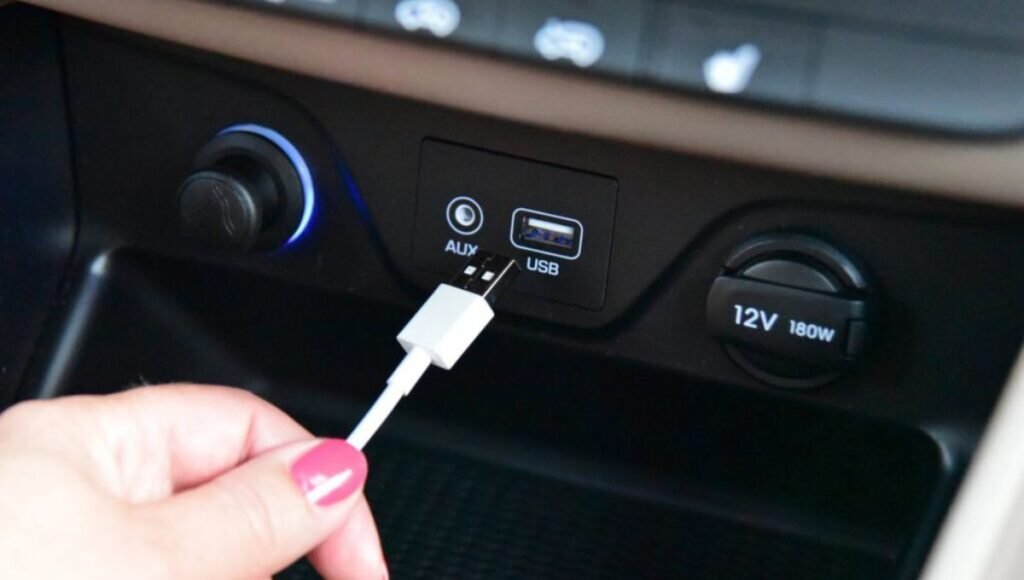
The Power Consumption of Common USB Devices:
Different USB devices have varying power consumption rates. Simple devices like USB flash drives or LED lights draw minimal power, typically around 0.5 watts.
On the other hand, smartphones, tablets, and portable GPS units can draw anywhere from 2.5 watts to 10 watts or more, depending on their charging requirements and usage.
Charging a device with a depleted battery can draw even more power as the device works to reach full capacity. Over time, even these small power draws can add up, particularly if multiple devices are plugged in simultaneously.
Why Some Devices Drain More Power Than Others:
Not all USB devices are created equal when it comes to power consumption. Devices with larger batteries, like tablets or power banks, naturally require more power to charge.
Additionally, devices that are in use while charging—such as a smartphone running GPS or streaming music—consume more energy because they are performing tasks in addition to charging.
The efficiency of the charging process also plays a role; older devices or those with inefficient charging circuits can draw more power from the battery, increasing the risk of battery drain.
The Effect of Multiple Devices Plugged in Simultaneously:
Plugging in multiple devices to your car’s USB ports can significantly increase the load on the vehicle’s electrical system.
While modern vehicles are designed to handle the power demands of several connected devices, the cumulative effect can still strain the battery, particularly if the engine is off.
For instance, charging two smartphones and a tablet simultaneously can draw enough power to impact battery life if done frequently or for extended periods. It’s essential to be mindful of how many devices are plugged in at once and to manage their charging needs effectively.
Scenarios Where USB Charging Can Drain Your Battery:
Leaving USB Devices Plugged in Overnight:
One of the most common scenarios leading to battery drain is leaving USB devices plugged in overnight. When the engine is off, any device connected to the USB port continues to draw power from the battery.
Although the drain may be minimal, it can accumulate, especially if the vehicle remains unused for several days. Over time, this can lead to a weakened battery, reducing its ability to start the car efficiently and potentially leading to a dead battery.
The Impact of Older vs Newer Car Models on Battery Drain:
Older vehicles may be more susceptible to battery drain from USB devices compared to newer models. This is because older cars often lack the advanced power management systems found in modern vehicles.
In older models, USB ports might remain active even when the engine is off, allowing devices to continue drawing power unchecked.
Newer vehicles, on the other hand, are designed with smarter electrical systems that can shut down or limit power to USB ports when the car is turned off, helping to preserve battery life.
Why Idle Time and Engine-Off Charging Matters:
Charging USB devices while the engine is off is one of the primary culprits behind battery drain. When the engine is idling or off, the alternator isn’t generating power, so the battery is solely responsible for meeting the car’s electrical needs.
Prolonged charging during these periods can lead to significant power depletion, especially if the battery is already weak or nearing the end of its lifespan.
It’s important to be cautious about charging devices when the engine isn’t running, as this can accelerate battery wear and potentially leave you stranded with a dead battery.
Also Read: Can I Run 2 Amps Off a Single Car Battery – The Truth Revealed!
Signs Your Battery Might Be Draining Due to USB Usage:
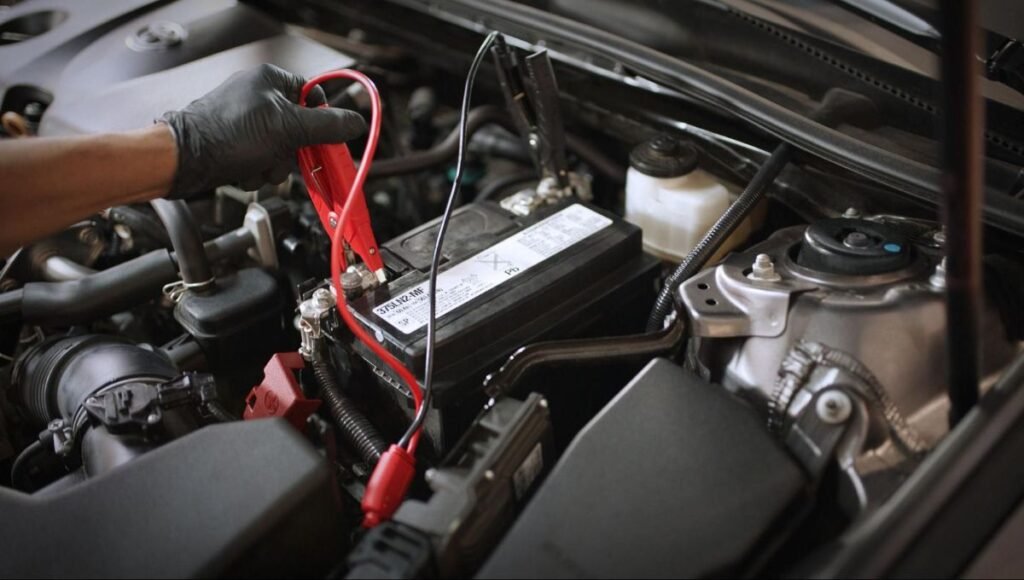
Recognizing Early Symptoms of a Drained Car Battery:
A draining battery often exhibits subtle signs before it fails completely. If you notice that your car is slow to start, particularly after using USB devices, it could be an indication that the battery is being drained.
Other signs include dimming headlights, flickering interior lights, or warning lights on the dashboard. If you frequently leave devices plugged in when the engine is off and experience these symptoms, it’s a good idea to have your battery tested to ensure it’s still in good health.
How to Monitor Your Battery’s Health While Using USB Ports:
Monitoring your car battery’s health while using USB ports is essential to prevent unexpected drain. You can do this by regularly checking the battery’s voltage with a multimeter, especially if you often charge devices in the car.
A healthy battery should read around 12.6 volts when the engine is off and between 13.7 to 14.7 volts when the engine is running.
Additionally, pay attention to any changes in the car’s electrical performance, such as sluggish startups or dimming lights, as these could signal an issue with the battery.
Common Mistakes to Avoid When Charging Devices in Your Car:
One common mistake is leaving devices plugged in when the vehicle is not in use. This can lead to gradual battery drain, especially if done repeatedly.
Another mistake is charging power-hungry devices, like tablets or laptops, while the engine is off, which can quickly deplete the battery.
Finally, failing to unplug devices after they’re fully charged can also contribute to unnecessary power draw. Being mindful of these habits can help preserve your battery’s longevity.
Preventive Measures to Avoid Battery Drain:
Tips for Managing USB Device Usage in Your Vehicle:
To manage USB device usage effectively, consider unplugging devices when they’re not in use or when the vehicle is parked for extended periods.
Use energy-efficient devices and avoid charging multiple gadgets simultaneously if the engine is off. Additionally, investing in a portable power bank can reduce the need to charge devices directly from your car’s battery, especially during long trips or when the vehicle is off.
How to Properly Disconnect USB Devices to Save Battery Life:
Properly disconnecting USB devices is crucial for conserving battery life. Always unplug devices from the USB port when they’re fully charged or not in use. If your vehicle has a dedicated power switch for the USB ports, use it to cut off power when necessary.
Additionally, consider turning off or disabling any USB-powered accessories, like dash cams or GPS units, when the car is parked or the engine is off to prevent unnecessary drain.
When to Use Dedicated Car Chargers vs. Built-In USB Ports:
Dedicated car chargers are often more efficient than built-in USB ports, particularly for high-power devices. These chargers are designed to regulate power more effectively and can prevent excessive drain on the car battery.
Use built-in USB ports for low-power devices like phones or USB drives, and opt for a dedicated charger for tablets, laptops, or other power-intensive devices. This approach can help balance power usage and protect your vehicle’s battery from premature wear.
Also Read: What is the Advantage of 2.6 Volt Batteries in Series – The Power of Efficiency!
When to Seek Professional Help for Battery Issues:
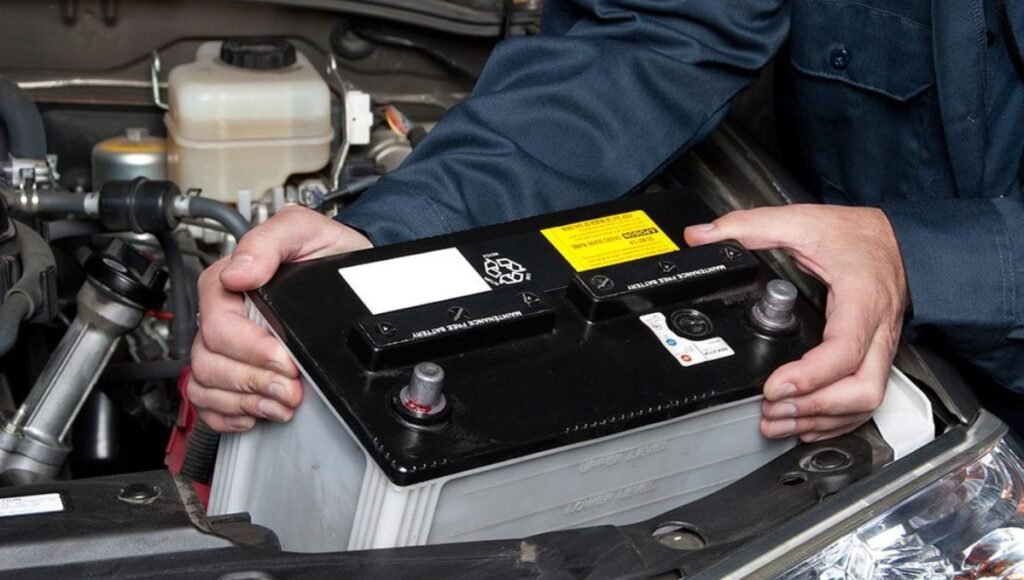
How to Know When Your Battery Needs Replacement:
If you’ve taken preventive measures but still experience battery drain, it may be time to consider replacing your battery. Signs that your battery needs replacement include frequent jump-starts, difficulty starting the engine, and low voltage readings even after a full charge.
If your battery is more than three to five years old, it’s likely nearing the end of its life and should be tested by a professional to determine if replacement is necessary.
Consulting a Mechanic for Persistent Battery Problems:
Persistent battery problems, despite managing USB usage, could indicate a deeper issue within the car’s electrical system. In such cases, it’s advisable to consult a mechanic who can diagnose the problem using specialized tools.
A professional can check for issues like parasitic drains, faulty alternators, or defective wiring that could be contributing to battery drain. Addressing these problems promptly can prevent more significant issues down the road.
Long-Term Solutions for Managing Power Usage in Your Vehicle:
For long-term solutions, consider installing a battery monitoring system that tracks your battery’s health and alerts you to potential issues before they become severe.
Additionally, upgrading to a higher-capacity battery or one with advanced technology can provide better performance and longevity, especially if you frequently use USB devices.
Regular maintenance checks, combined with mindful USB device management, can help ensure your vehicle’s battery remains in optimal condition for years to come.
FAQ’s
1. Does leaving a USB device plugged in when the car is off drain the battery?
Yes, even when the car is off, a USB device can slowly draw power from the battery, potentially leading to battery drain over time.
2. What types of USB ports are commonly found in cars?
Cars typically have USB-A and USB-C ports. USB-A is more common, while USB-C offers faster charging and data transfer.
3. How much power do USB devices use?
Power consumption varies: simple devices like USB flash drives use minimal power, while smartphones and tablets draw more, especially if they’re in use.
4. Can charging multiple devices at once affect the battery?
Yes, charging multiple devices simultaneously can increase the load on the car’s battery, especially if the engine is off, potentially causing drain.
5. When should I seek professional help for battery issues related to USB use?
If you experience frequent battery drain despite following best practices, or if you notice issues like slow starts or dimming lights, it’s wise to consult a mechanic.
Conclusion:
In conclusion, Leaving USB devices plugged into your car while it’s off can gradually drain the battery, especially if multiple devices are connected. Modern vehicles often have smarter power management systems, but older models may be more vulnerable to battery drain. To avoid issues, unplug devices when not in use and monitor your battery’s health regularly.
Don’t Forget to Read:
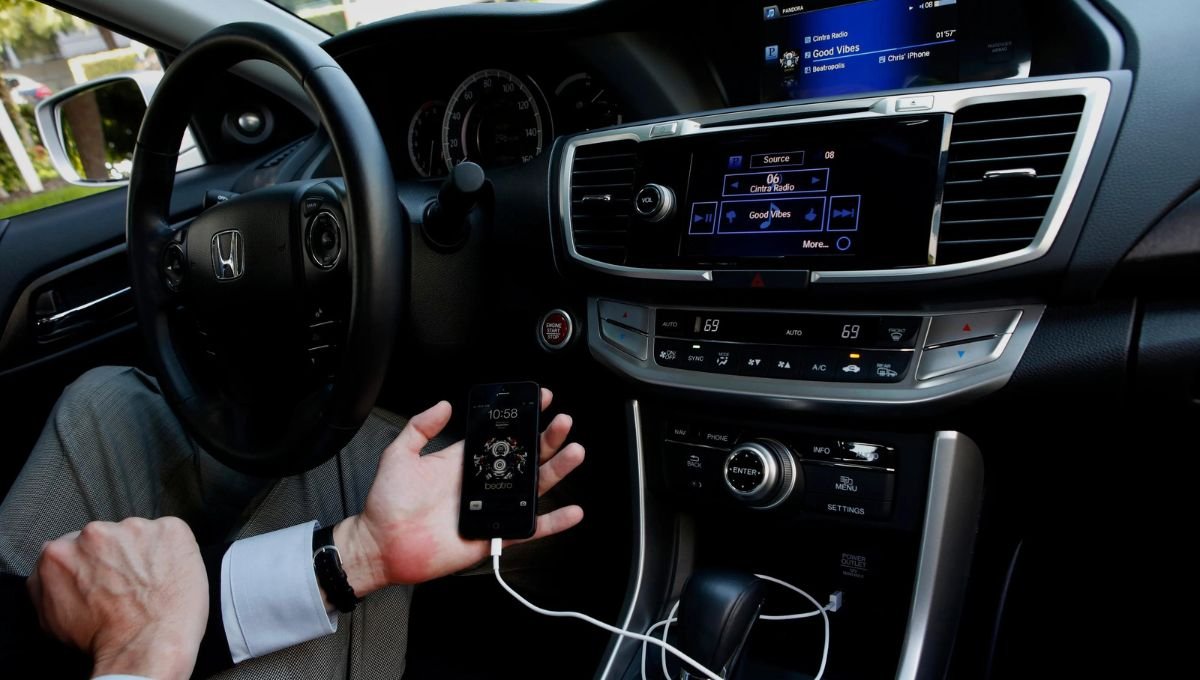

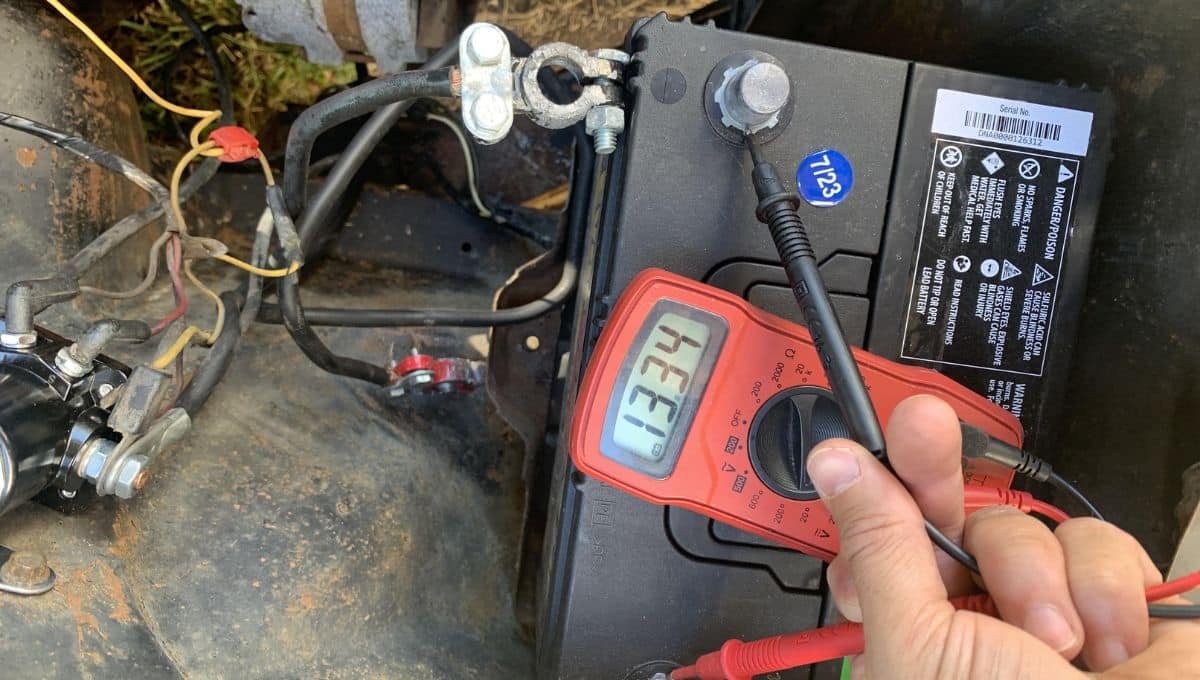




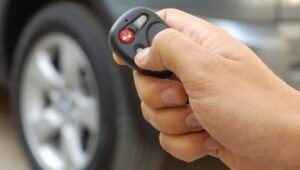





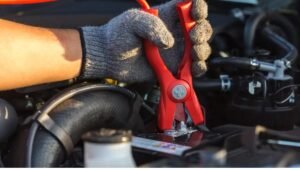
Post Comment